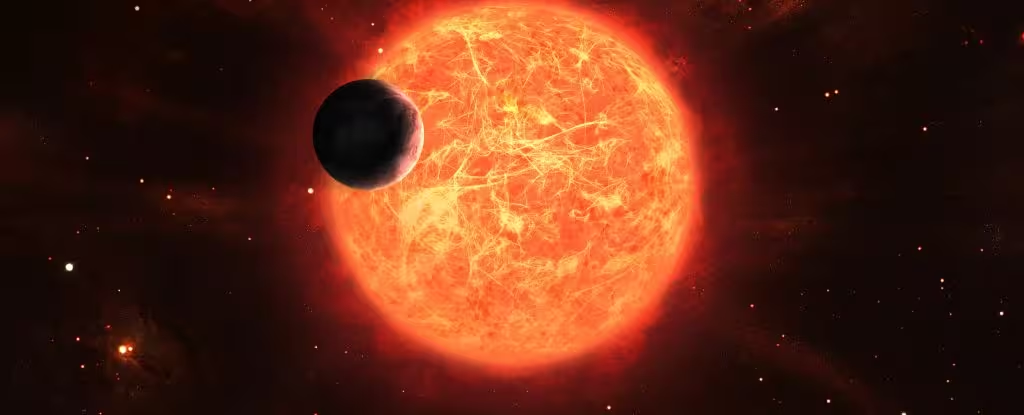By keeping all the distance, we can simplify the development of nuclear weapons (and the powers that control the button) as a board game that has never actually been played, only tested. The instructions in this case are the strategies and concepts developed by all the participants, the strategies and concepts that lull them into a tense calm, that allow me to write and the readers to read. But things can change very quickly. Russia has changed some of its “instructions.”
Notice to sailors. This happened a few hours ago with the appearance of the Russian president. Putin changed the “game” by making clear references to Ukraine and the “alliances” that are being formed. Most importantly, the Russian president said that his government would change the rules and preconditions under which Russia would use its nuclear arsenal.
Yes, Ukraine is a non-nuclear state, but it has support from the United States, among others. When Putin warned that Russia would consider an attack by a non-nuclear state backed by a nuclear-armed state as a “joint attack,” that was expected to be a red line for the Kremlin. There are few coincidences in terms of war, and these comments come as Kiev seeks approval to use long-range Western missiles against military sites in Russia.
New doctrine. At a meeting with the Russian Security Council, Putin also said that in the face of “the emergence of new sources of military threats and risks for Russia and our allies,” experts from the Defense Ministry and other state agencies conduct a yearly review – a long and in-depth look at the country’s nuclear doctrine.
“The updated version of the document suggests that any attack on Russia by a non-nuclear-weapon state, but with the participation or support of a nuclear-weapon state, should be considered as a joint attack on the Russian Federation,” Putin emphasized.
Russian red button. After the veiled threat was launched, its scope had to be explained. If Russia threatens any “nuclear” country to approach a third party in conflict with them, perhaps there should be a more detailed plan in the geopolitical council. In this regard, the Russian president said that the conditions for launching nuclear weapons would be “reliable information about the launch of a large number of aviation attack vehicles and their crossing our state border.”
He also added that “we reserve the right to use nuclear weapons in the event of an attack on Russia and Belarus.” As we have said, this announcement, which was key to Putin’s emergence, came after a series of threats from Russian officials regarding nuclear energy in response to Ukraine’s demands from the United States and other allies to lift arms restrictions.
“Internal” support. Following the president’s remarks, Andrey Kartapolov, the chairman of the State Duma Defense Committee, or lower house of parliament, said the proposed changes to Russia’s nuclear doctrine “will allow it to be more flexible and effective. The changes were made to ensure that the doctrine is in line with today’s realities.”
Also speaking was Sergey Markov, who said the threshold for using nuclear weapons has now been lowered and predicted that it would be easier for Russia to deploy such weapons. “In general terms, this means that Russia can now use nuclear weapons against Ukraine according to the new doctrine.” Russian political analyst and former speechwriter for Putin, Abbas Gallyamov, called the president’s statement “truly shameful.” “They have once again stated that they no longer expect to defeat Ukraine with conventional weapons,” he wrote.
International response. Many voices have also come from outside Russia to provide context. “With nuclear blackmail, Moscow is trying to recreate the world order that prevailed in the second half of the 20th century,” nuclear expert Maxim Starchak wrote in a recent analysis for the Carnegie Endowment. And Zelensky’s chief of staff Andriy Yermak said Russia “now has nothing but nuclear blackmail to scare the world with.”
Nuclear board after World War II. The truth is that since the end of World War II, nuclear-armed states have pursued a policy of deterrence based on the idea that if warring states launch major nuclear attacks, this will lead to mutually assured destruction. Yet there are also tactical nuclear weapons, in this case smaller warheads designed to destroy targets without widespread radioactive fallout.
In this context, Putin warned the European countries supporting Ukraine a few months ago, saying that Russia “has much more tactical nuclear weapons than those on the European continent, even if the US brings its own.” They have developed early warning, in this sense they are more or less helpless.
An uncertain scenario. So while the West debates whether to allow long-range missiles to be used in Ukraine’s attacks on Russian territory, Moscow has made a move by changing the established rules. The previous nuclear doctrine, established by Putin’s decree in 2020, stated that Russia could use nuclear weapons in the event of a nuclear attack by an enemy or a conventional attack that threatened the existence of the state.
Today, that threshold has been lowered a little. This doesn’t necessarily have any consequences, but it is a clear warning to sailors: Russia is ready to start the game.
Image | Russian Presidential Executive Office, National Nuclear Security Administration
In Xataka | Last week, Russia launched the dreaded Satan II nuclear missile, Putin’s “invincible weapon”. Regular output
In Xataka | Russia puts two new submarines into service: they are nuclear-powered and promise to be able to launch ballistic missiles













